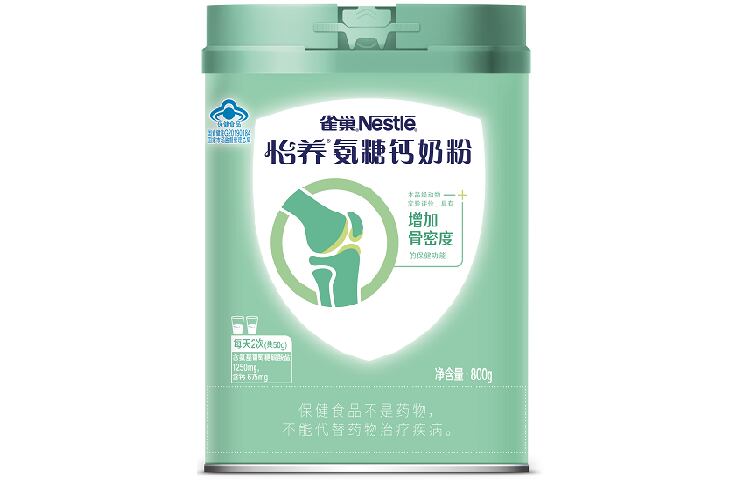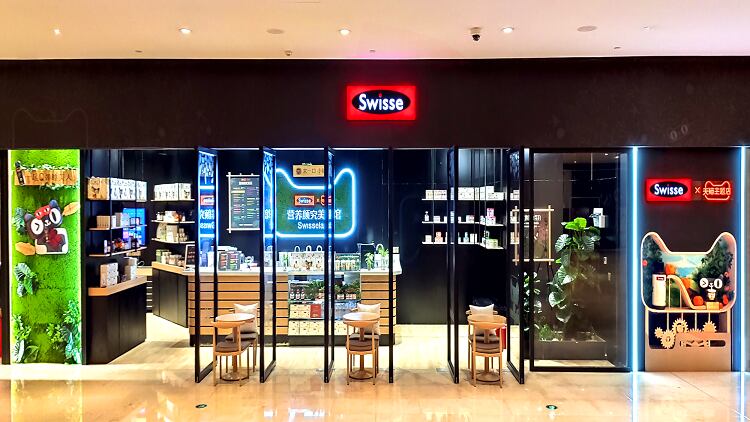The company announced during the groundbreaking ceremony of its new Nestle Grain Competence Center (GCC) in Shuangcheng, northeast China, held earlier this month, its plans for both its adult and children nutrition portfolio.
The GCC will promote the development of local grain cultivation in Heilongjiang, with an initial focus on organic grains. It is also Nestle’s first such facility worldwide.
In terms of adult nutrition, it will launch a milk powder containing glucosamine sulfate for increasing bone density – a first by Nestle China – to satisfy consumers’ concerns on mobility.
“We found out that one of the concerns that people in their 50s have, is their level of mobility. This is because when people have passed a certain age, their level of mobility will reduce, and so, there is a big demand (for nutrition products in this area),” Angelo Giardini, SVP dairy, ice-cream, confectionery and industrial at Nestle Greater China Region, said.
The product thus aims to increase bone density as well as support the muscle. The product has gained the ‘blue-hat’ certification for sale as a health food in offline channels within China. Production is expected to start later this year.
Giardini said that the second adult functional food would be an immune-support product, which he said has been in the works before COVID-19.
“Even though we did not develop this functional food specially because of this virus, but from the current circumstances, it is the right time,” he said.
He added that China’s health foods market was worth over RMB$170bn (US$24.9bn) and consumers over 50 years old were the major consumer group.
“Similar to infant nutrition, we have invested a lot in the R&D in order to satisfy these unique nutrition needs,” he said.
Gerber in focus
On the other hand, the company will expand the production capacity of Gerber’s line of infant and toddler complementary foods.
By upgrading its production facility in Shuangcheng, which will be completed in two phases in the next five years, the company aims to ramp up the production of Gerber infant cereals by more than 50%.
It also plans to launch new infant cereal-based snacks made from enriched plant protein and healthy fat.
To support both the adult and infant nutrition business, Nestle is planning to invest RMB$400m (US$58m). This is on top of the RMB$300m (US$44m) injected in the last two years.
Part of the investment will also go into the expansion of the Dairy Farming Institute (DFI), which will be upgraded with new dairy farming technologies.
It is also expected to increase fresh milk production, in turn boosting the local production of NAN infant formula products.
We’ll be shining the spotlight on Healthy Ageing and Infant Nutrition in our Growth Asia 2020 interactive broadcast series. Register for free here.
Low market penetration
According to a survey conducted by Nestle, there is still a lot of untapped opportunities for China in terms of infant complementary foods.
The survey showed that the market penetration of infant complementary foods in advanced cities, Beijing, Shanghai, Guangzhou, and Shenzhen, was less than 50%.
However, the market is on a growing trajectory, and forecast has shown that the category will grow by 15% to 20% each year, said Yang Xu Xiang, vice president of Nestle infant nutrition, Mainland China.
To increase the uptake, Yang said that the localisation of products will be a key strategy.
Citing the example of Gerber, she said the company has been sourcing grains locally from Heilongjiang.
“In fact, when we talk about localisation, we want to promote products of high quality, and this needs to start from the production of the raw materials,” she said.
In addition, there will need to be a variation of products available for parents, and this can be enabled by the GCC in Shuangcheng, which will tap on advanced technologies to make a wider range of complementary foods.





